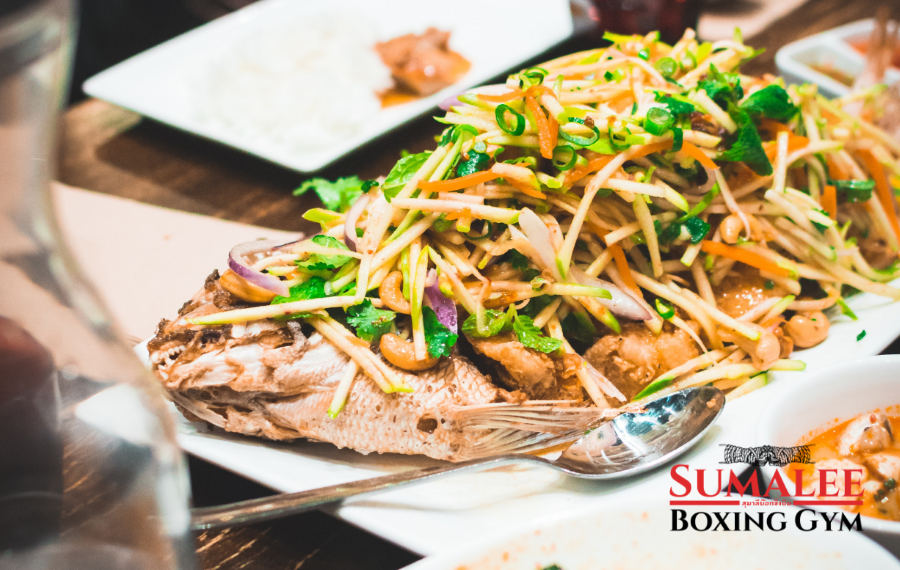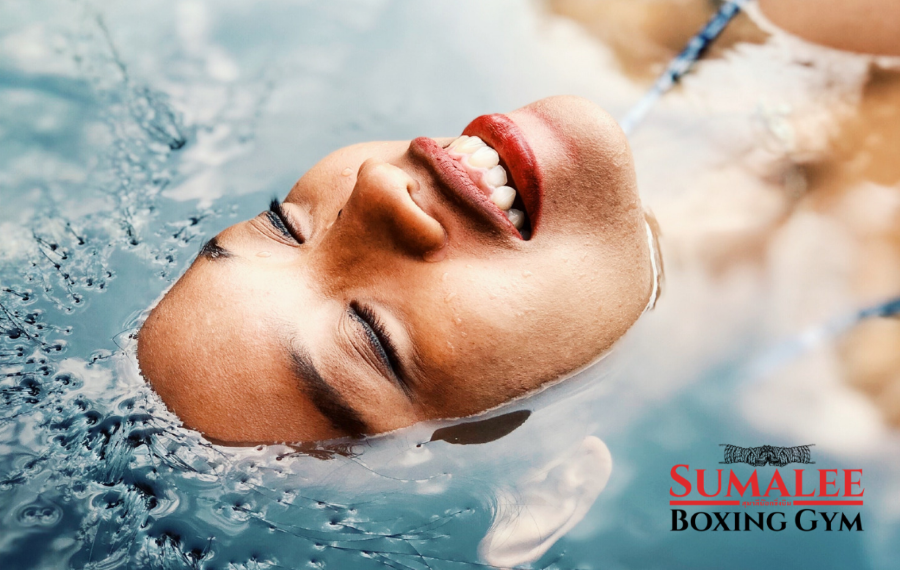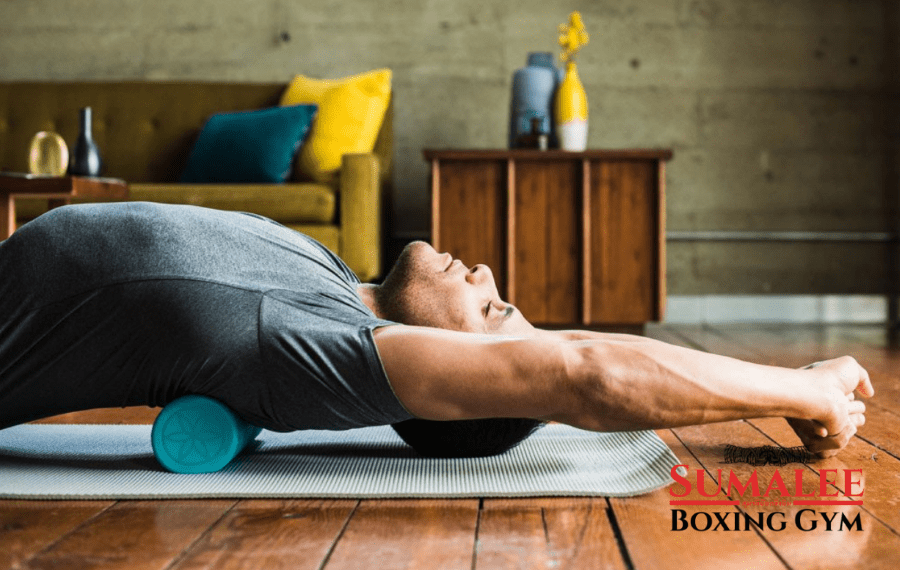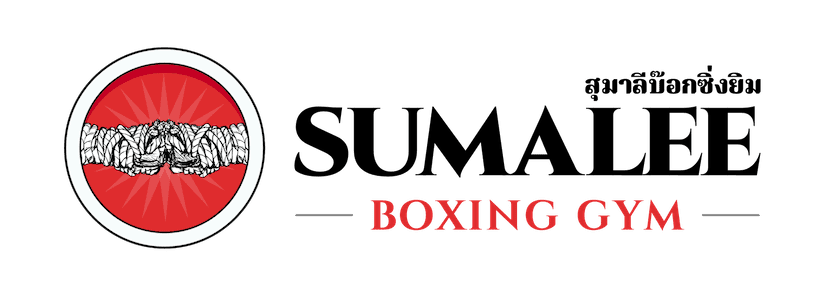
5 Recovery Strategies Every Muay Thai Fighter Needs To Use
If you’ve ever stepped into a Muay Thai ring, spent an evening watching epic contest on YouTube, done a spot of sparring, or created a shrine to Samart Payakaroon, you’ll know Muay Thai is one of the most badass martial arts in the world (as Jeremy Clarkson would have said if his career had taken a slightly different turn). As a sport, it’s undeniably beautiful and elegant, and to master it you need a large dollop of finesse and technical prowess lodged in your metaphorical scabbard. You also need to make sure you have a good armoury of recovery strategies.
But it’s also pretty devastating.

Kicks, punches, elbows, knees – you’re basically exchanging blows with all the hardest and sharpest bones and joints the human body has to offer. Translation: it’s an extremely physical sport where your body is having to endure quite a hefty amount of collisions, which is why recovery plays such a mahoosive role in Muay Thai. The equation is as simple as 2+3: if you want to keep performing at the top of your ability and train week in week out, you need to help your body recover, pronto.
Just like with every other sport, the secret to becoming the best you can be is allowing your body to regenerate and for this you need good recovery strategies. Then, once there, you can start to overload again, smiling as your performances shoot up like the puck on a carnival High Striker. In fact, we can’t stress just how important this part of the Muay Thai game is. Recovery to a fighter is like what gills are to a fish – essential.
Thankfully there is a smorgasbord of recovery strategies out there to help you improve your efforts. Some are great, others are proven, and a few are probably not worth your time, effort or money. So, to help you know which ones you should focus on, as an athlete, we’ve pulled together a list of recovery strategies that are almost guaranteed to work mini-miracles on your body. Enjoy.
1. The A To Zzzzzzzzz’s Of Recovery

Fact No.17 About Muay Thai: On of the most effective recovery strategies is to get lots of sleep. That goes for athletes across all sport, but it’s especially true for Muay Thai fighters. To try and summarise the overly-complex sciencey-stuff as simply as possible (wish us luck), the reason sleep is so beneficial is mainly to do with your blood pressure being able to drop and your heart getting that hard fought for (excuse the pun) break it thoroughly deserves. But that’s not all. Sleep is also epic because it encourages the body to release a bunch of hormones that will slow your breathing down and relax the major muscles in your body, which is groovy because this is what helps reduce any inflammation you might have and, well, you know, assist with the healing process in general.
Anyway, to help squeeze out every juicy drop of recovery from your sleep, you should aim to get somewhere between 7 and 9 hours of sleep every single day. Of course, your sleep needs are probably going to differ slightly from the next fighter (that’s the slightly tricky beauty of everyone being unique) but everyone’s sleep-needs should fit nicely within that criteria. The real issue comes when you have an awkward, intense or irregular schedule to manage; where getting a solid night’s sleep isn’t as easy as popping an eye-mask on your face, laying your head on a duck-down pillow and snoring until your alarm goes off. But that’s where power naps become your BFF. Yeah, power napping is an art form, but they are a great way to make up the numbers and ensure you are getting the maximum amount of rest each day.
2. You Are What You Eat

Next on the list of “Guaranteed Recovery Strategies” is nutrition. It doesn’t matter what sort of individual you are, eating the right grub is an essential part of helping your body recover to its fullest. In its most basic form, you need your body to enjoy all the protein it takes to repair the damaged tissue caused during a) training and b) fighting while ensuring you’re meal-bowl has all the carbs to help you replenish your glycogen stores. Schimples. Well, sort of, by which we mean, it can actually be quite complex, and that’s why we recommend you read this article all about how to fuel your intense workouts, before and after.
To summarise the main rules of eating your way to recovery, though, you’ll want to make sure you:
- Eat Whole Foods: that means making sure you know the origin of 85-90% of the foods you put in your mouth. You don’t need to be perfect – that’s too much pressure. Besides, we know how much fun it is eating a family pack of Cheetos and then licking the fluorescent orange dust off your fingers. However, you need to limit this to 10% of your diet and accept your body is craving things like lean meats, fresh fish, fruits and vegetables, berries, seeds, nuts and whole grains, and in their most natural form too.
- Use The Power Of Proteins: After a tough session of training, or a rough battle in the square-circle, your body will have loads of micro-tears that need to be healed and rebuilt. Cue complete combinations of amino acids and proteins, such as fish, meat, poultry, spinach, and eggs.
- Give Back To Your Glycogen: The harder you train and fight, the more your glycogen stores get depleted, which is why you need to add simple carbs to your recovery strategies. As a food group, they will help your energy levels replenish faster and your body recover quicker, which will speed up your muscles rebuilding process too. And for a bonus point, carbs will also encourage your body to create naturally-made insulin, and that’s what will help send those much-needed nutrients to your muscles and tissue.
- Eat Every 2 to 3 Hours: By chowing down on smaller “delicious n’ nutritious” dishes more often, you will be ensuring there is a steady flow of amino acids to your muscles, keeping your body in a constant state of recovery (or “anabolism” as those who wear long, white lab coats like to call it). Essentially, eating evenly throughout the day is the secret to enjoying a faster and more complete recovery.
3. Ice Cold is Not Cooler Than Being Cool

What we’re referring to here is “Cold Water Immersion”, which involves immersing yourself in a tub of water (or a wheelie bin) that’s around 15˚C almost immediately after you’ve finished exercising. This should boost your body’s recovery process in more than one way, but the main benefit this out-of-the-box method boasts is time-saving superpowers: water immersion therapy is believed to improve recovery time and reduce the delayed onset of muscle soreness.
The other reasons so many sports-scientists have created little shrines to this of all recovery strategies is because it’s believed water immersion therapy can also reduce oedemas (that’s where an excessive amount of watery-fluidy-stuff collects in the cavities and tissues of your body), decrease the perception of pain you usually feel when your muscles are sore, decrease how fatigued you feel after a workout, stop your muscles spasming so much, help lessen muscle inflammation faster, help any muscle damage heal double-time and, wait for it, even improve your range of motion. Basically, water immersion therapy is super-duper groovy when it comes to Muay Thai recovery strategies.
4. Keep Rolling, Rolling, Rolling

Forget the Cronut and sliced bread because the rosette for the greatest invention ever goes to the foam roller; a little tool that has allowed us human beings to do something that once required paying a professional masseuse a scrunched handful of baht: giving yourself a sports massage. It might not have addressed all the other annoying human limitations, like being able to lick your elbow, sneezing with your eyes open or making yourself chuckle with a quick tickle, but it has made the self-massage oh-so possible. Anyway, the reason this is worth getting the champagne out and letting off a bunch of party poppers is that foam rolling allows for self-myofascial release.
In fact, it barely takes two minutes of self-myofascial release for you to increase the range of motion in your muscles by a staggering 10%. Oh, and that’s not us just plucking a figure from midair (#DonaldTrump) because this fact was discovered during a study by the Journal Of Strength And Conditioning Research. Yeah, foam rolling can make your face wince and eyes water a little more than stretching, but the benefits are worth it because you’re effectively applying pressure to the trigger points in your muscles. This means your blood flow is quickly boosted and your muscles are able to recover their elasticity in record time so that you can get back to training sooner.
5. Can We Get A “Hell Yeah” For Yoga

As a fighter, it’s pretty much impossible to avoid stress. We know this sucks, but it’s true. If you want to be a successful Muay Thai warrior, you need to be totally dedicated to training, be able to deal with any injury-induced setbacks, know how to visualise the different fight-scenarios that can unfold, and anticipate what might happen the next time you step your well-wrapped foot inside the ring, all of which is stressful. And that’s just the first barrage of bad news because if this stress becomes prolonged (which is pretty likely in Muay Thai) it will begin taking its toll on you physically, mentally and emotionally, plaguing everything from your sleep to your digestion (and, yup, even your bedroom-mojo too). That’s what makes yoga such a life-saver in this sport, and we’re not throwing that term around all willy-nilly – it’s a total life-saver for Muay Thai fighters.
In its most rudimentary form, yoga is about being mindful, mastering the art of breathing and letting go of the tension in your body. Become good at it, and you’ll also benefit from a huge reduction in your cortisol levels and stress hormones. And even that doesn’t scratch the surface of this body-loving iceberg. You’ll also find your immune system gets a much-needed boost, you reduce your chances of suffering an injury, your mental and physical recovery speeds up, you can increase the intensity of your training regimes and, yuppidy-yup-yup, even train more often. Basically, every fighter that eats, sleeps, drinks and brushes their teeth while thinking about Muay Thai will find their recovery is totally revolutionised by the introduction of yoga. So don’t forget yoga amongst your recovery strategies.
And there we have it: a pretty comprehensive list of recovery strategies that will have your body feeling like shiny Rolls Royce coming off the production line after each training session and every fight. Like we said, as a martial art, Muay Thai really is one of the most demanding on your body and mind, which is why you need to place a huge chunk of dedication to your recovery process – and that’s what this blog post is all about. So bookmark it, read it until you know it off-by-heart and enjoy a much faster, smoother and pain-absent journey back to the gym after each session-slash-fight.
Thanks for reading!
For more tips, tricks and bits of advice, follow Sumalee on Facebook and Instagram, or sign up for our special offers on the Sumalee Boxing Gym website.



